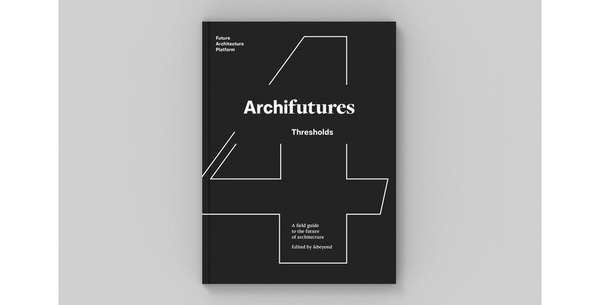Idea by
Gili Merin
Call for ideas 2017
The Circular Ruins
The Circular Ruins
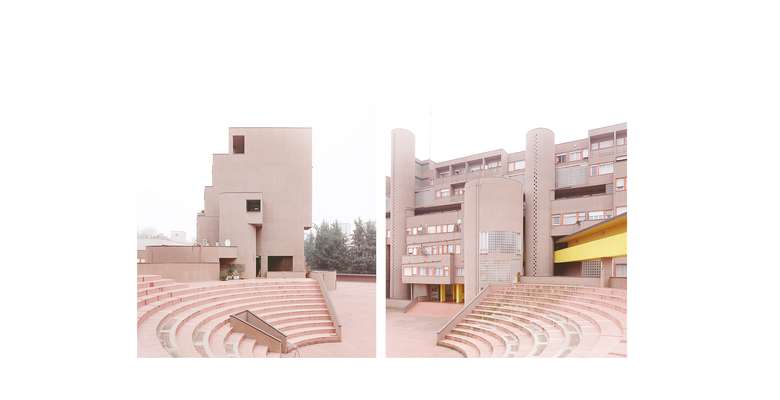
“What went wrong with Pruitt-Igoe” claims Michael Sorkin, is one of 250 things every architect must know. Indeed, but by now can’t we claim just as well that “what went wrong with Post-Pruitt Igoe housing” is another thing every architect must know?
It was during the years that followed Pruitt Igoe's demolition in 1972 that government-funded projects began to appear in the Postmodern style: large-scale urban and residential experiments, loaded with symbolic ornaments, hailing quasi-regionalism and playfully using materials, textures, and colors; a Bric-à-brac of stylistic gestures that reflected not only local politics but also embodied an international architectural Zeitgeist.
Ambitious as they might have been, these developments are often found in a worse state than their older counterparts: detached and disused urban fragments. My proposal suggests building-biographies in still, film and text, which documents acclaimed housing projects and speculate on their apparent failures.
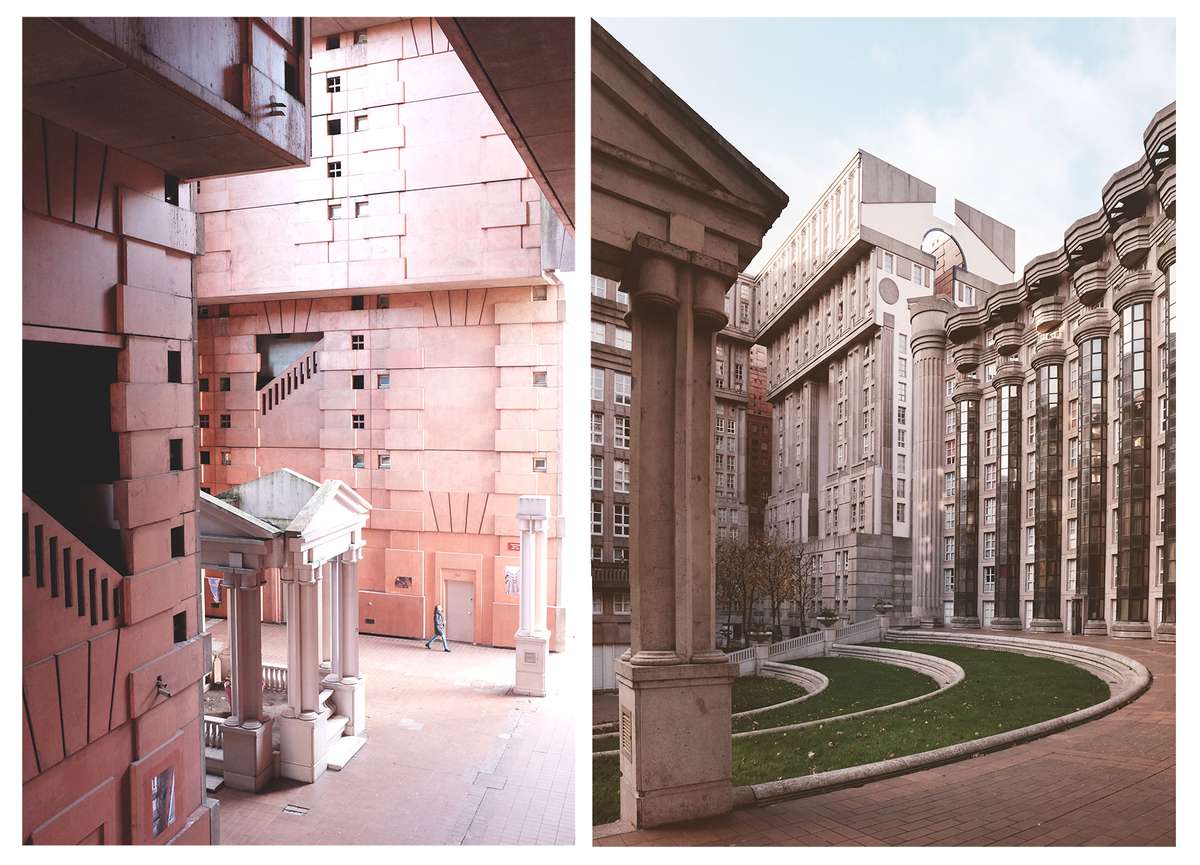
In Les Espaces d’Abraxas (1978-1983) Ricardo Boffil attempted to create “a Versailles for the people,”using monumentality and symbolism, hoping to constitute the “nobility” of one of Paris’ “villes nouvelles” of the 70s. The apartments are symmetrically placed around a circular lawned theater, encompassed by the 19 story-high stylized Greek columns, an enlarged triumphal arc and pedimented pathways, which evoke a Dystopian scene rather than the quarters of Louis XIV. (photo: Gili Merin)
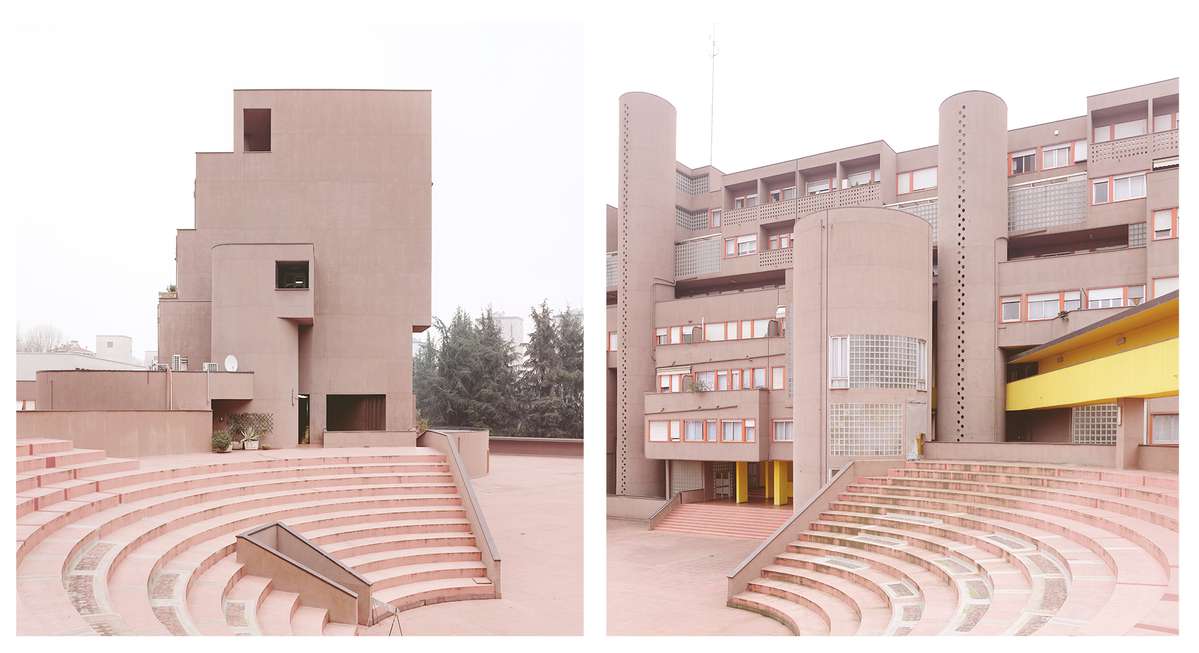
Milan’s Gallaratese by Carlo Aymonino (built 1968-1973) alludes to a range of typological references, from the Trajan Market in Rome to Corbusier’s La Tourette. Composed of of five interlocking blocks (one by Aldo Rossi) the mega-structural complex is articulated in bright floating walkways and covered passages and is dominated visually by the recurring use of glass bricks and perforated cylindrical circulation cores, looming above the abandoned public plaza. (photo: Gili Merin)
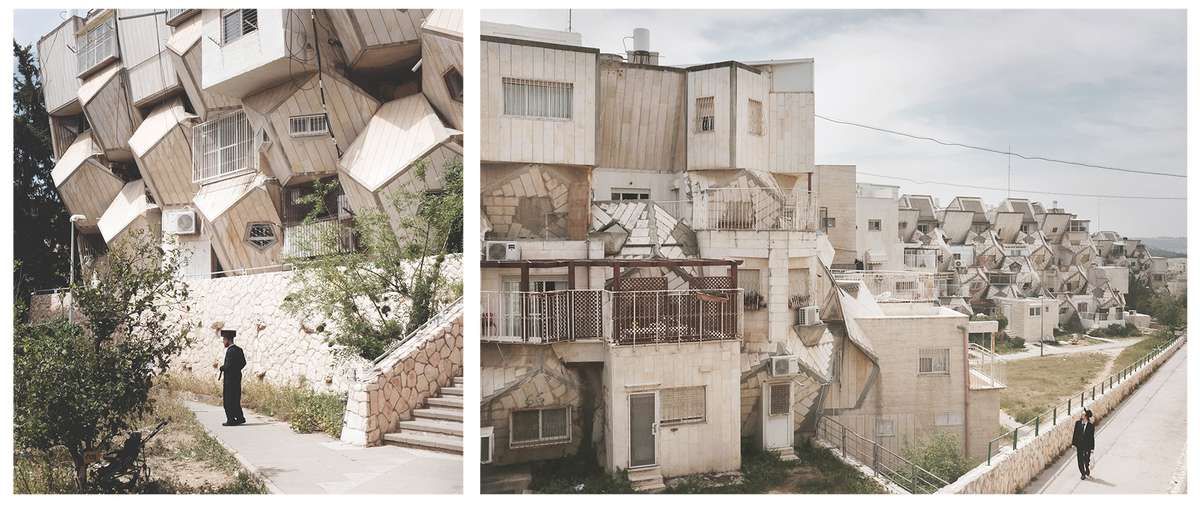
In Jerusalem, Zvi Hecker designed Ramot Polin (1971-1975) - a satellite quarter on the newly-acquired land following 1967 - as polygonal beehive-like apartments, composed of modular units and multiplied in five finger-resembling extensions. Faced with the premise of avant-garde complexity, the ultra-orthodox dwellers of the introverted units expand it within, straightening walls and sacrificing the architect’s geometry in favor of an unregulated bricolage. (photo: Gili Merin)
The Circular Ruins
The Circular Ruins

“What went wrong with Pruitt-Igoe” claims Michael Sorkin, is one of 250 things every architect must know. Indeed, but by now can’t we claim just as well that “what went wrong with Post-Pruitt Igoe housing” is another thing every architect must know?
It was during the years that followed Pruitt Igoe's demolition in 1972 that government-funded projects began to appear in the Postmodern style: large-scale urban and residential experiments, loaded with symbolic ornaments, hailing quasi-regionalism and playfully using materials, textures, and colors; a Bric-à-brac of stylistic gestures that reflected not only local politics but also embodied an international architectural Zeitgeist.
Ambitious as they might have been, these developments are often found in a worse state than their older counterparts: detached and disused urban fragments. My proposal suggests building-biographies in still, film and text, which documents acclaimed housing projects and speculate on their apparent failures.

In Les Espaces d’Abraxas (1978-1983) Ricardo Boffil attempted to create “a Versailles for the people,”using monumentality and symbolism, hoping to constitute the “nobility” of one of Paris’ “villes nouvelles” of the 70s. The apartments are symmetrically placed around a circular lawned theater, encompassed by the 19 story-high stylized Greek columns, an enlarged triumphal arc and pedimented pathways, which evoke a Dystopian scene rather than the quarters of Louis XIV. (photo: Gili Merin)
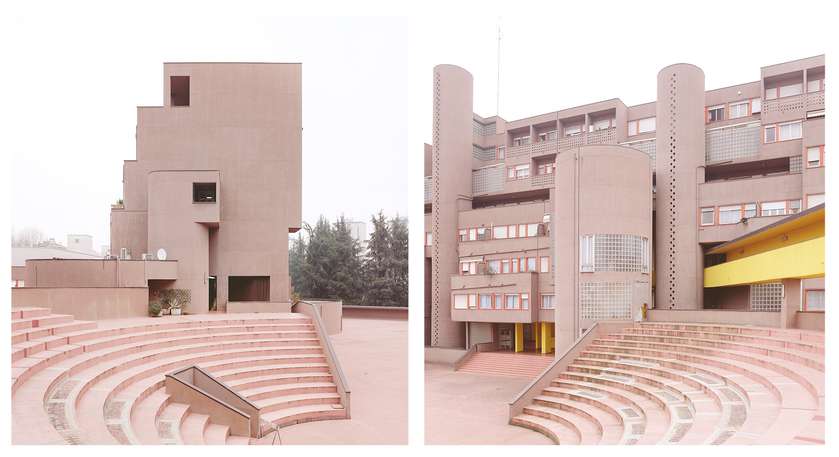
Milan’s Gallaratese by Carlo Aymonino (built 1968-1973) alludes to a range of typological references, from the Trajan Market in Rome to Corbusier’s La Tourette. Composed of of five interlocking blocks (one by Aldo Rossi) the mega-structural complex is articulated in bright floating walkways and covered passages and is dominated visually by the recurring use of glass bricks and perforated cylindrical circulation cores, looming above the abandoned public plaza. (photo: Gili Merin)

In Jerusalem, Zvi Hecker designed Ramot Polin (1971-1975) - a satellite quarter on the newly-acquired land following 1967 - as polygonal beehive-like apartments, composed of modular units and multiplied in five finger-resembling extensions. Faced with the premise of avant-garde complexity, the ultra-orthodox dwellers of the introverted units expand it within, straightening walls and sacrificing the architect’s geometry in favor of an unregulated bricolage. (photo: Gili Merin)
